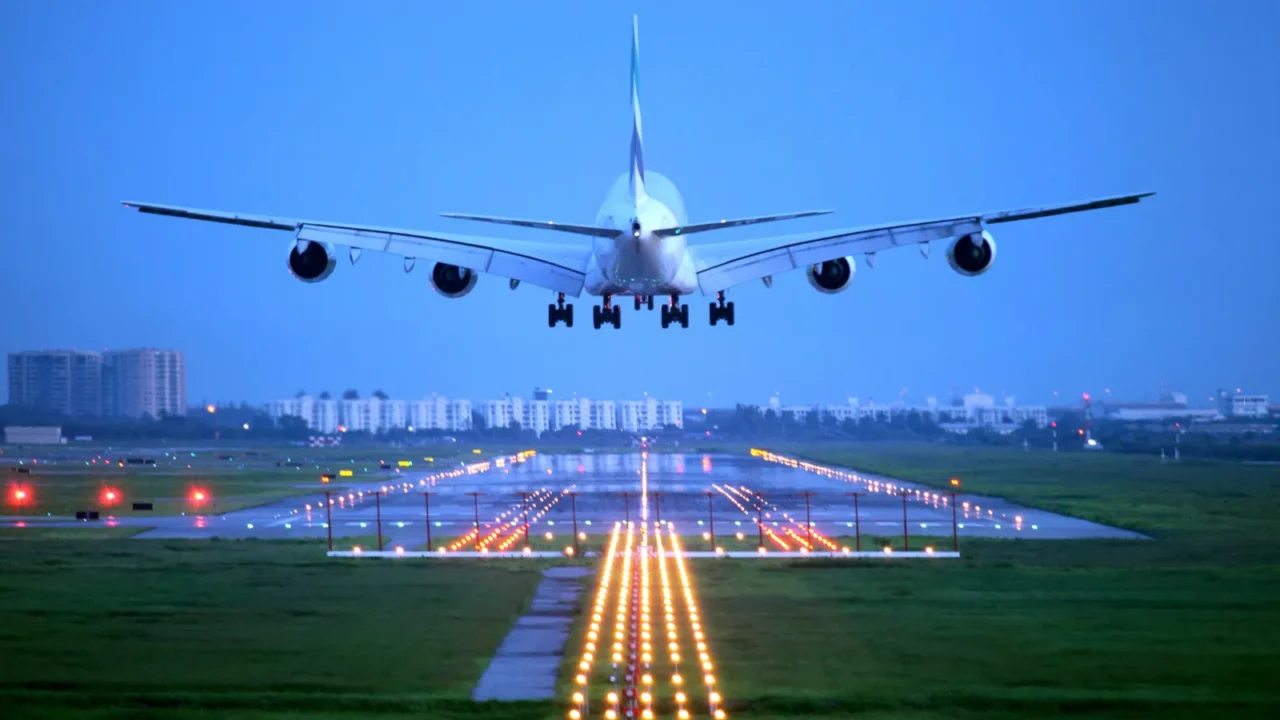
Mexico’s travel trends
Mexico remains a major player in international travel, with significant tourism growth domestically. While visits to the United States have fluctuated, ongoing cultural ties and economic factors continue to influence cross-border travel dynamics. Travelers value both countries’ rich offerings, contributing to a complex but enduring relationship.
Recent reports show Mexico welcomed 47.4 million international visitors from January to July 2025, marking a 13.8% increase compared to the previous year, highlighting Mexico’s surging global appeal as a travel destination.
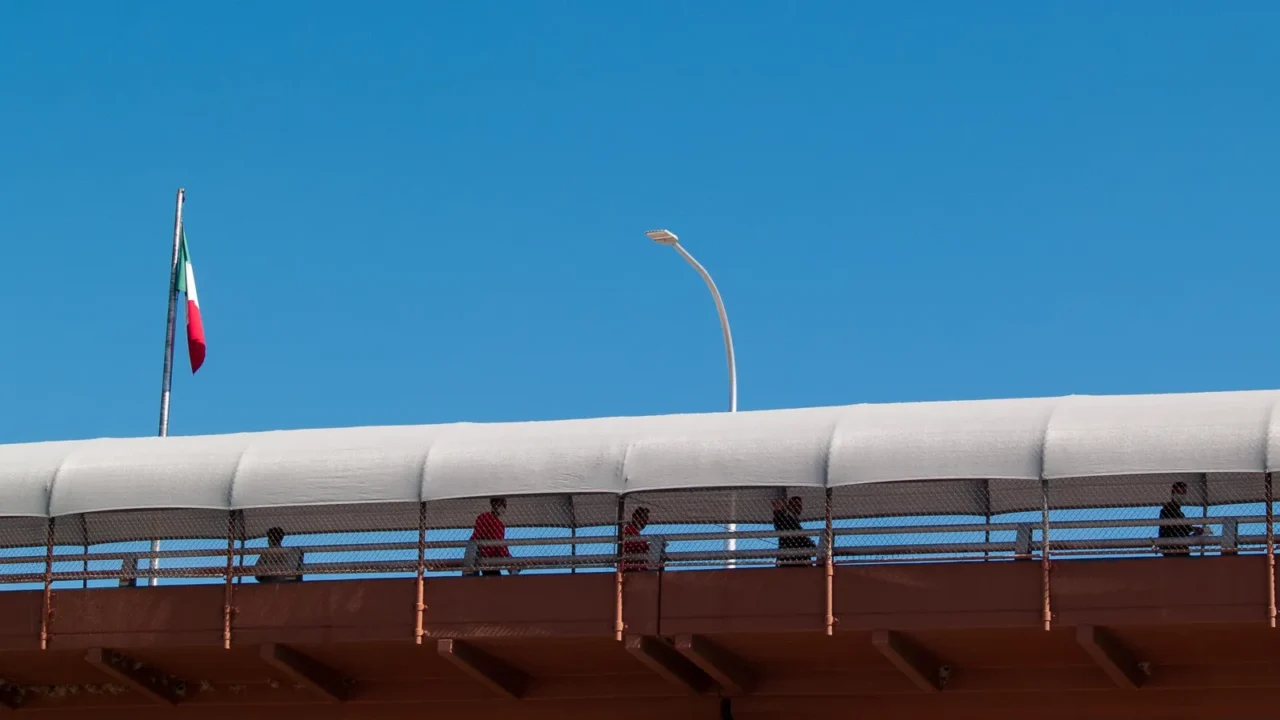
Renewed Cross-Border Connections
Families, friends, and businesses keep strengthening ties across the Mexico-U.S. border. Deep cultural bonds and shared histories remain central to this movement, with journeys reflecting heritage, tradition, and community ties beyond simple tourism.
Despite challenges in air travel, overland crossings at the U.S.-Mexico border increased by 28% year-over-year through mid-2025, driven largely by car and foot traffic reflecting strong socio-economic connections.
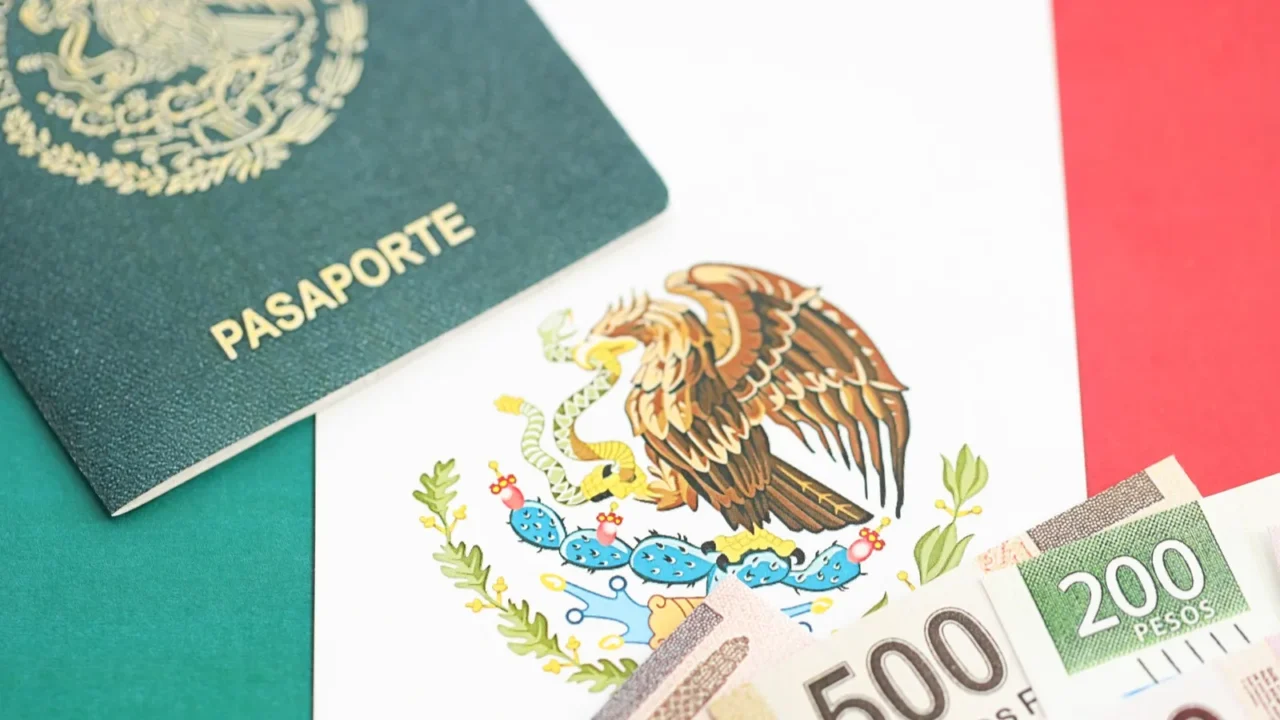
Travel Accessibility Challenges
Flight routes and airline partnerships between the U.S. and Mexico face regulatory challenges, affecting availability and pricing. Visa appointment wait times continue to impact travel planning. Families and travelers navigate these complexities amid efforts for smoother processes.
Ongoing diplomatic efforts aim to resolve airline and visa issues, with a goal to restore flight capacities and reduce processing delays to improve cross-border mobility.
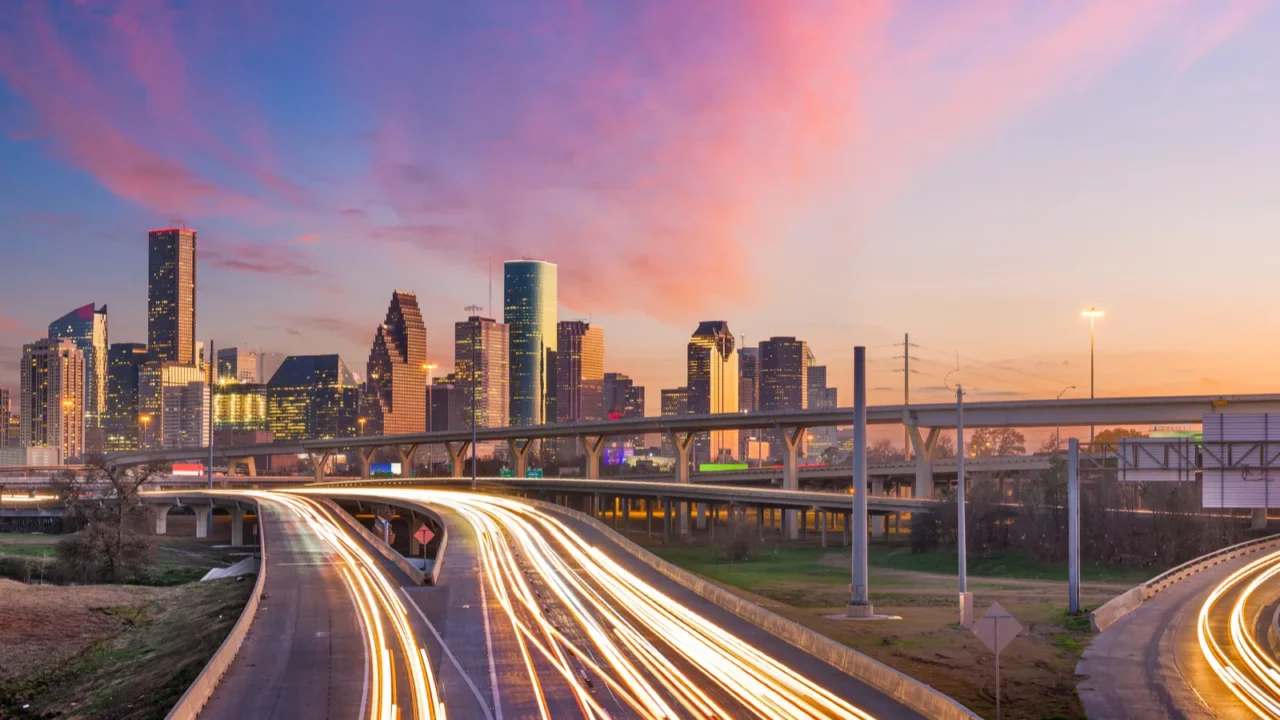
Tourism Promotions and City Highlights
U.S. tourism boards invest in programs targeting Mexican travelers, spotlighting shopping, cultural events, and entertainment. Cities like Houston, Miami, and Los Angeles are popular, blending Mexican familiarity with American vibrancy.
According to recent reports, air seat capacity between Mexico and the U.S. increased by 5.5% in 2025, ranking this route as the second busiest globally. This indicates strong demand and a foundation for future traveler growth.

Shopping as a Top Attraction
Shopping remains a significant motivator for Mexican visitors, drawn by outlet malls, fashion districts, and sales. Access to unique products and seasonal promotions transforms shopping trips into rich travel experiences.
Retail therapy during seasonal sales provides visitors greater value, while access to diverse products not available domestically strengthens shopping as a cornerstone of Mexican travel to the U.S.
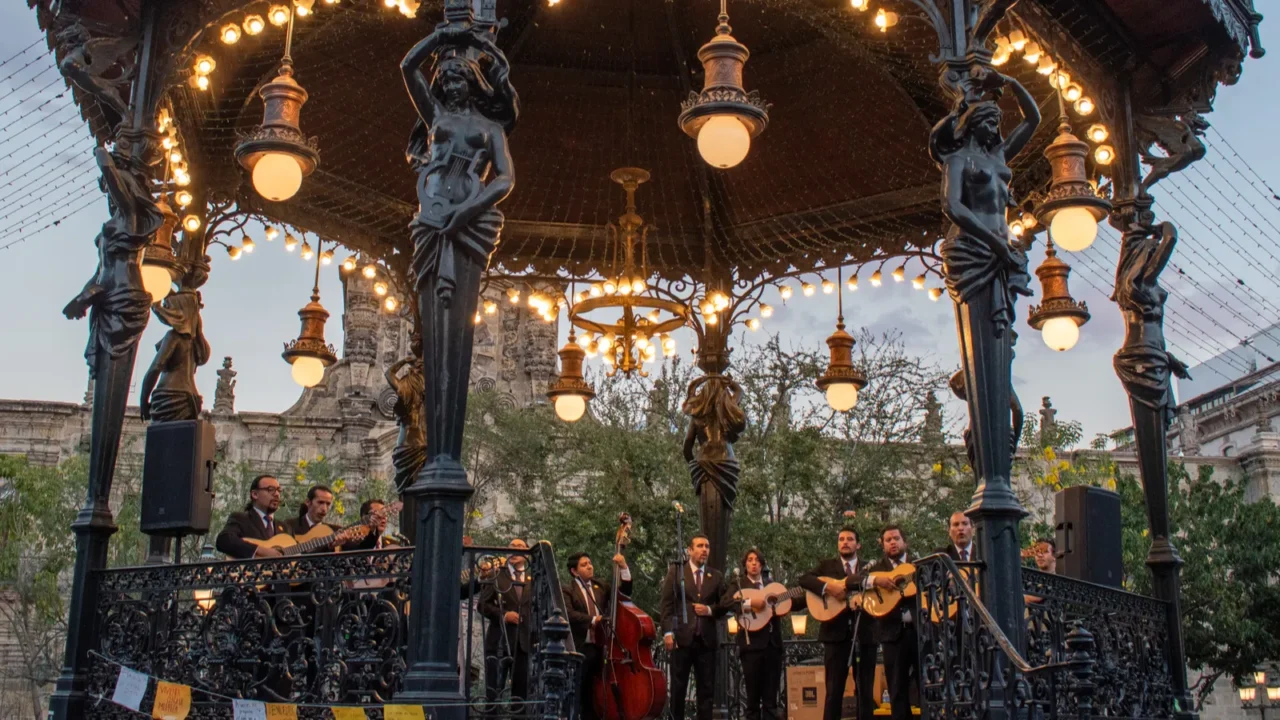
Cultural and Artistic Exchange
Latino cultural hubs in U.S. cities like San Antonio and Los Angeles provide familiarity and community. Visitors also encounter new artistic expressions, making travel a simultaneous journey of heritage celebration and cultural discovery.
Cultural festivals and artistic programs continue to attract Mexican tourists, affirming these cities’ roles as dynamic centers for cultural exchange and community engagement.
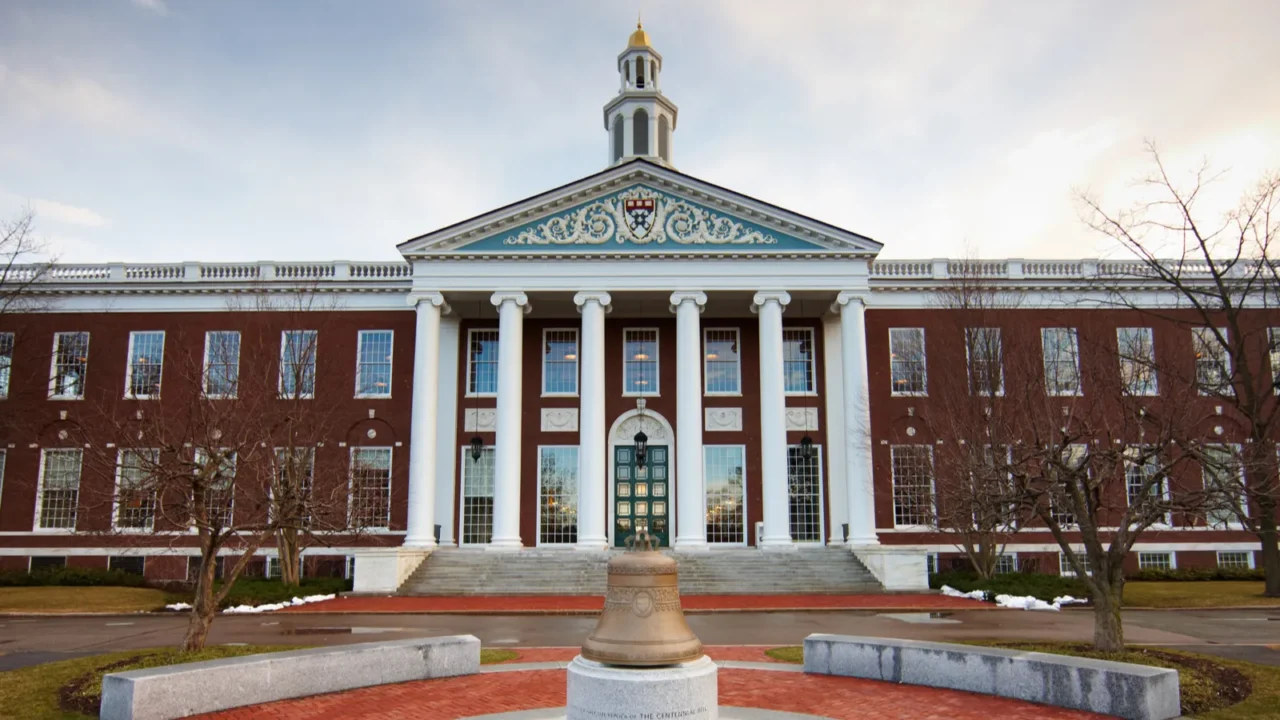
Educational Opportunities
Educational programs continue to motivate travel, with Mexican students pursuing studies in the U.S. Exchange initiatives foster academic collaboration and cultural immersion, building long-term connections beyond tourism.
Scholarships and bilateral programs have expanded in 2025, encouraging new student enrollment and reinforcing education as a significant driver of Mexico-U.S. travel. These opportunities are shaping long-term bridges between the two countries, far beyond tourism alone.

Entertainment and Sports
U.S. sports events like NBA games and music festivals attract many Mexican visitors. These entertainments serve as sporting and cultural bridges, offering shared community spaces and memorable experiences.
Such gatherings also generate repeat visits and boost bilateral cultural affinity. They create common ground that enriches personal and collective identities across borders.

Culinary Diversity
Mexican travelers enjoy the U.S. food scene’s rich diversity, encompassing classic American, Latino, and fusion cuisine. Culinary districts offer vibrant tastes reflecting migration and culinary innovation.
Food tourism acts as a metaphor for broader cultural amalgamation.
Visitors explore the richness and creativity of these culinary landscapes, finding familiar flavors alongside new ones that tell stories of cultural blending.

Wellness and Medical Tourism
Wellness tourism is growing steadily, with Mexican visitors leveraging U.S. spas, retreats, and advanced medical facilities. High-quality services and cutting-edge technology position the U.S. as a favored health travel destination.
Medical tourism includes specialized treatments often unavailable in Mexico. This sector complements leisure tourism, reflecting evolving traveler interests in holistic and health-focused experiences.

Family Visits and Student Bonds
Family visits to students studying in the U.S. form a significant travel segment, combining emotional reconnection with exploration of new destinations. These visits deepen family ties and contribute to the vibrancy of border and university towns, generating important economic and social impact.
The trend highlights how education, family, and travel intertwine. Each trip is both a reunion and a cultural journey that deepens bonds across borders.

Popular Border States
Texas, Arizona, and California attract Mexican travelers due to proximity and shared cultural heritage. These states offer festivals, retail centers, and culinary experiences well-suited for binational audiences. Concerted promotional efforts have boosted tourism, making these border states central to sustained cross-border flows, despite challenges elsewhere in U.S.-Mexico travel.
Border cities provide everything from shopping centers to cultural festivals, encouraging repeat visits. These destinations have become cornerstones of cross-border travel.

The Role of Social Media
Social media shapes travel aspirations among Mexican audiences, with platforms such as TikTok and Instagram spotlighting dynamic U.S. destinations. Influencers and peer content play key roles in introducing new venues, events, and experiences, especially impacting the choices of younger travelers seeking authenticity and community.
Digital storytelling turns destinations into aspirational spots. This wave of online influence has contributed greatly to the growing interest in American travel.
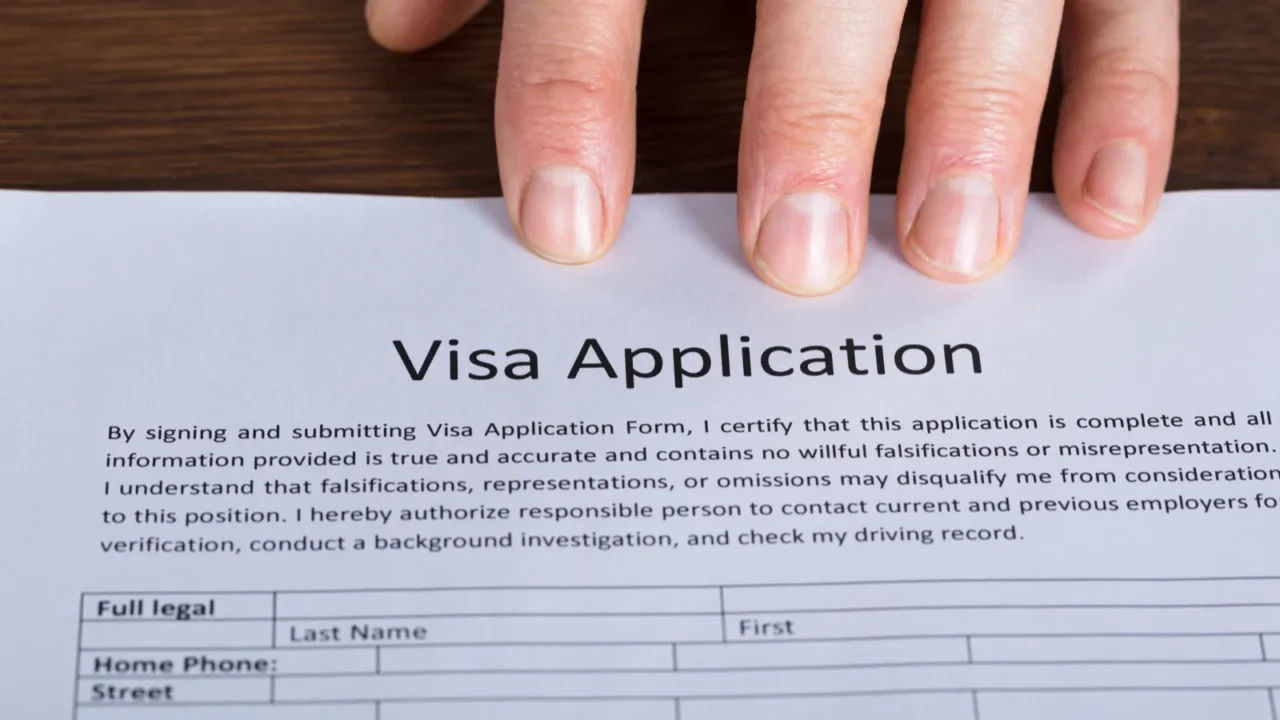
Mixed Travel Trends
Mexico’s tourism revenue and visitor numbers are at record levels, but Mexican travel arrivals to the U.S. show variability, affected by visa delays, airline reductions, and policy changes. Addressing these challenges requires ongoing binational cooperation to facilitate smoother travel and restore steady growth, balancing protectionist pressures with economic benefits.
Data reflects how travel has become both an economic and cultural boost, reinforcing the long-standing importance of Mexico’s U.S. tourism ties.
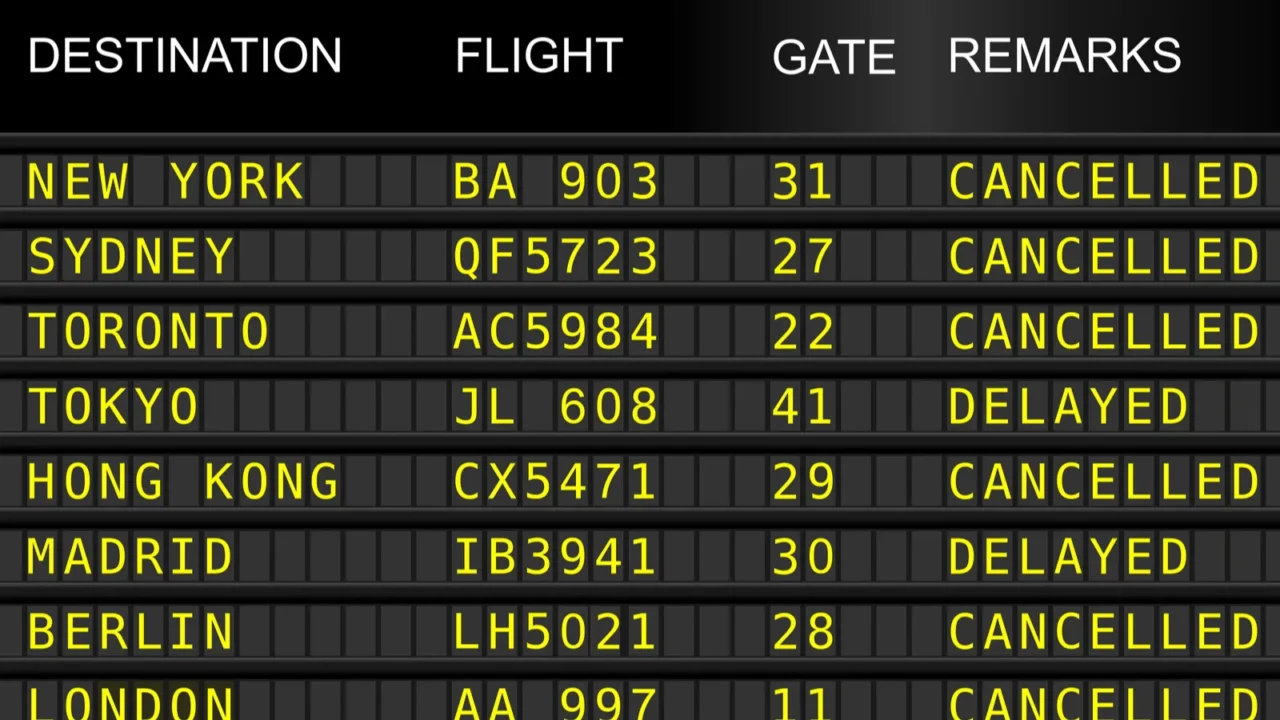
Ongoing Challenges
Visa backlogs and fluctuating airline schedules continue to disrupt travel plans, introducing friction for Mexican visitors. Currency fluctuations add a financial consideration for many families.
Governments and airlines are collaborating on streamlined processes and flexible policies to mitigate these issues, aiming to restore traveler confidence and improve accessibility.
However, continued cooperation between governments and airlines is helping to smooth the process. Curious to know more about the shifts in air travel and what they mean for future trips? Check out how U.S.-Mexico flight drama could impact your vacation plans.
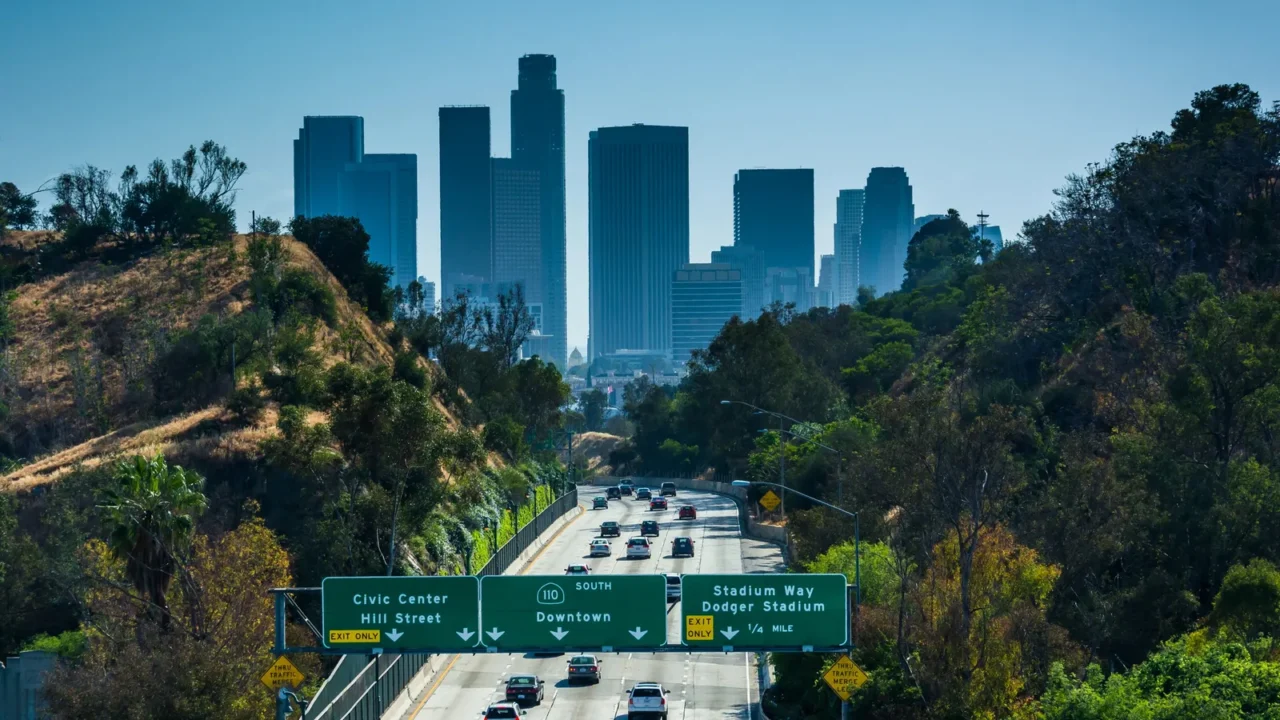
Looking ahead
Despite complex headwinds, Mexico-U.S. travel remains resilient due to enduring familial, educational, and cultural ties.
Future development hinges on continued policy evolution, regulatory cooperation, and infrastructure investments that will shape travel convenience and growth prospects in this vital bilateral corridor
As more people cross borders for study, leisure, and family, the relationship grows deeper. Want to see how new costs and entry fees may change the way people plan their journeys? Read more in the $250 U.S. entry fee shocking tourists.
Where would you head first if you were planning a cross-country adventure?
Read More From This Brand:
- China ditches US, joins Europe in boosting tourism
- Why don’t any US airlines fly to Fiji?
- Easiest beginner-friendly hikes in USA with breathtaking views
Don’t forget to follow us for more exclusive content right here on MSN.
This slideshow was made with AI assistance and human editing.